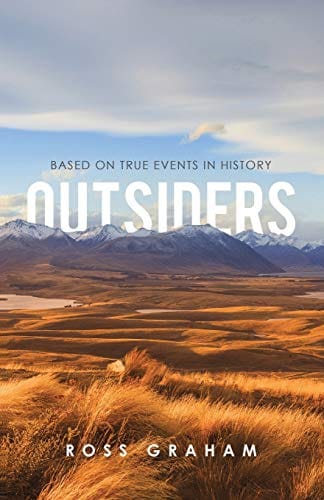See Me: Meaning, Impact, and How to Be Seen in a Noisy World
Explore the deeper meaning of “See Me,” its cultural and psychological roots, and actionable steps anyone can take to gain authentic visibility in a noisy digital world.

What Does “See Me” Really Mean?
Every day, in comments, captions, and conversations, the plea “see me” pops up. It may look like a simple request for attention, yet it carries layers of emotional, social, and cultural meaning. At its heart, “see me” is the universal desire to be recognized, understood, and valued for who we truly are. It is the opposite of invisibility, the antidote to being overlooked, and the bridge between self-expression and shared human experience.
The Cultural Roots of Visibility
Across centuries and civilizations, people have fought to be acknowledged. From ancient storytellers weaving personal identity into myths to modern civil rights movements demanding representation, the call to be seen has shaped history. In many cultures, visibility equates to power: when your face, voice, or narrative reaches the public eye, you gain influence over laws, resources, and societal perception. Conversely, erasure or stereotyping fuels marginalization. “See me” therefore becomes both a personal aspiration and a collective rallying cry.
The Psychology Behind Being Seen
Psychologists link the need for visibility to our deepest social wiring. Humans evolved in tribes where belonging ensured survival. Today, fMRI studies show that social rejection activates the same brain regions as physical pain. When someone feels unseen—whether in a relationship, a classroom, or an online community—the body literally suffers. Recognition releases dopamine and oxytocin, chemicals that strengthen trust, memory, and motivation. Simply put, being seen is not vanity; it is a biological requirement for well-being.
Challenges in the Digital Age
Ironically, the internet offers limitless broadcast potential but also unprecedented noise. Every minute, users upload hundreds of hours of video, tweet thousands of messages, and post millions of photos. Algorithms decide who gets surface time, often privileging sensational content over nuanced stories. As a result, authentic voices are easily drowned out by viral memes or polished influencers. Saying “see me” online can feel like whispering in a stadium during a rock concert.
Personal Branding: Curating How the World Sees You
One practical response to digital clutter is strategic personal branding. This does not mean creating a fake persona; instead, it is the intentional clarification of your values, skills, and narrative. Start with a concise positioning statement: “I help local communities grow through ethical design” or “I demystify science for busy parents.” Use consistent imagery, colors, and tone so that audiences recognize you instantly. Authenticity and coherence make it easier for algorithms and humans alike to categorize—and therefore notice—you.
Diversity and Inclusive Representation
Visibility alone is not enough; equitable representation matters. When mainstream media showcases a narrow slice of humanity, millions remain unseen. Brands and content creators can amplify marginalized perspectives by hiring diverse talent, avoiding tokenism, and sharing profits with underrepresented communities. Inclusive representation not only meets ethical obligations but also drives business results. Studies by Nielsen and McKinsey show that consumers reward companies whose ads reflect the real world. In essence, when everyone is seen, everyone wins.
Creative Campaigns That Made People Say “See Me”
Several standout campaigns exemplify the power of visibility. Dove’s “Real Beauty” series featured women of different ages, sizes, and ethnicities, sparking a global conversation about body image. Nike’s partnership with Colin Kaepernick highlighted racial justice while bolstering brand loyalty among younger demographics. The viral #ShowUs initiative, a collaboration between Getty Images and Girlgaze, offered a library of 14,000 images portraying women and non-binary people realistically. These examples prove that showcasing real stories can disrupt industries and shift cultural norms.
Actionable Tips to Make Sure You Are Seen
1. Know your audience: Research their pain points, language, and platforms of choice.
2. Tell a compelling story: Facts inform, but narratives inspire and stick.
3. Optimize for search: Use descriptive alt text, long-tail keywords, and schema markup so engines can surface your content.
4. Engage consistently: Reply to comments, join niche forums, and collaborate with peers to widen your net.
5. Leverage multimedia: Combine text, audio, and video to accommodate diverse learning styles and platform algorithms.
6. Measure and iterate: Track impressions, click-through rates, and sentiment analysis to refine your visibility strategy.
Conclusion: The Responsibility of Seeing and Being Seen
“See me” is more than a hashtag—it is a shared obligation. We all crave recognition, yet we also hold the power to recognize others. In workplaces, amplify quieter colleagues. Online, credit original creators. In daily life, practice active listening and eye contact. By building a culture in which everyone is visible, we enrich our collective story and nurture personal fulfillment. In the end, to truly be seen, we must also become better at seeing.



